

LOWRY AFB
The History

Photo School

Originally Published: 05/04/2017 10:53
The
United
States
Air
Service
established
the
original
military
technical
school
for
photography
in
1922
at
Chanute
Field,
Illinois.
By
1923
the
Air
Service,
having
already
converted
nine
of
its
Chanute
Field’s
steel
hangers
into
classrooms,
saw
its
funding
cut
thus
curtailing
further
development
or
expansion
of
its
facilities.
In
1934
the
Air
Corps
(the
name
of
the
Air
Service
was
changed
on
2
July
1926)
concluded
that
Chanute
Field
no
longer
met
the
needs
of
a
modern
air
force
given
that
there
was
inadequate
space
available
for
a
bombing
range,
and
worse…the
average
number of clear weather days restricted training in aerial photography.
The
search
for
a
new
home
for
Chanute’s
photo
school
led
to
an
Army
committee
arriving
in
Denver
on
26
May
1934
in
response
to
the
Denver
Chamber
of
Commerce’s
offer
to
make
available
the
Agnes
Memorial
Sanatorium
property
which
had
closed
in
1932
to
the
Army
at
no
charge.
Denver’s
voters
approved
a
bond
measure
in
May
of
1935
authorizing
payment
to
Lawrence
Phipps
the
sum
of
$200,000
for
his
Sanatorium
property
thus
clearing
the
way
for
Denver
to
hand
over
the
property
to
the
Army.
After
having
evaluated
86
sites
across
the
nation,
the
Army
committee
recommended Denver due primarily to its favorable flying weather and the availability of land for a bombing range.
Congress
approved
the
move
to
Lowry
in
August
of
1937,
with
President
Franklin
Roosevelt
signing
the
legislation
authorizing
funds
for
the
new
establishment
at
Lowry
Field
on
August
27,
1937.
On
1
September
1937
Capt.
Harold
Stetson,
the
Army
Quartermaster
assigned
to
Fort
Logan,
began
working
at
the
Sanatorium.
He
raised
the
American
flag
on
1
October
1937,
making
the
Denver
Branch
an
active
Army
post.
The
Denver
Branch
of
the
Air
Corps
Technical
School
officially
became
Lowry
Field
on
21
March
1938
in
honor
of
Lt.
Lowry
who
had
been
killed
during
WWI
while
flying as an aerial photographer.
Captain
Stetson
served
as
the
Construction
Quartermaster
and
supervised
the
WPA-era
civilian
work
force.
He
retained
the
position
of
Officer-in-Charge
(OIC)
until
the
arrival
of
Lt.
Col.
Junius
W.
Jones
who
had
been
the
Commandant
of
the
school
at
Chanute
Field.
Colonel
Junius
Jones
became
the
first
Commanding
Officer
of
the
Denver
Training
Branch
on
7
February
1938.
A
train
pulled
into
Denver’s
Union
Station
five
days
later
from
Chanute
Field bringing 300 people and equipment for the Armament and Photographic Departments.
The
Photographic
Department
staff
consisted
of
54
enlisted
men
and
6
officers,
with
60
students
in
attendance.
The
school’s
first
classes
began
at
0800
on
the
morning
of
Monday,
28
February
1938.
The
first
photographic
studies
class
of
10
men,
nine
Army
Air
Corps
soldiers
and
a
Marine,
that
began
and
completed
a
course
at
Lowry
Field
graduated
on June 29th, 1938.
The
Basic
photography
classes
at
Lowry
Field
normally
lasted
six
months,
consisting
of
courses
in
elementary,
ground,
and aerial photography; mosaics and mapping; camera repair; cinematography; and photographic field equipment.
Photographic
classes
began
under
conditions
that
were
a
severe
handicap
to
all.
They
started
in
the
attic
of
one
of
the
former
Sanatorium
buildings.
The
classes
were
constantly
interrupted
by
noises
made
by
nesting
pigeons
having
built
their
homes
in
the
attic.
Many
of
the
classrooms
and
laboratories
were
unfinished,
and
the
landing
field
was
not
yet
completed.
It
was
soon
found
that
certain
unanticipated
situations
had
to
be
overcome.
For
example,
the
photo
laboratories
were
located
in
the
basement
of
the
Administration
Building.
Because
the
basement
was
shallow,
the
men
were
constantly
hitting
their
heads
on
the
low
ceiling.
In
addition,
the
two-inch
water
pipe,
which
had
been
deemed
sufficient
for
all
normal
purposes,
could
not
meet
the
large
washing
requirements
of
the
photo
laboratory.
Therefore,
a
three-inch
line
was
put
down
in
the
middle
of
the
rooms
while
classes
were
in
session.
The
men
actually
had
to
climb
over
the
mound
on
the
floor
to
go
from
one
side
of
the
room
to
the
other.
Imagine
their
further
consternation
when
this
supply
also
proved
inadequate,
and
they
had
to
go
through
the
same
inconveniences
while
a
four-inch line was put in place.
Fresh
paint
covered
the
walls
wherever
training
was
attempted,
workmen
were
hammering,
raising
dust,
creating
disturbances;
bedlam
was
the
order
of
the
day.
Training
continued,
but
not
without
difficulty.
Because
of
the
lack
of
space,
equipment
was
piled
along
corridors
in
the
hope
that
rooms
would
soon
be
made
available.
A
great
deal
of
photographic
equipment
was
placed
in
a
room
in
the
basement
and
in
a
new
hangar,
neither
of
which
had
locks
installed
on
the
doors.
Considerable
equipment
of
much
value
was
lost
or
stolen
by
the
time
the
rooms
were
ready
for occupancy.
But
the
training
was
accomplished.
The
first
class
graduated
in
photography
on
4
April,
1938
which
happened
to
be
the same day the first runway was put to use.
1
Ten
photography
students
received
diplomas
on
29
June
1938
after
completing
an
advanced
course
in
aerial
photography.
1
Extracted from “A FORTY YEAR LOOK At Lowry Air Force Base 1937-1977 by Melvin F. Porter, Lowry Technical Training Center, Lowry AFB, Colorado. January 1978.
Last updated: 01/06/2018 10:15
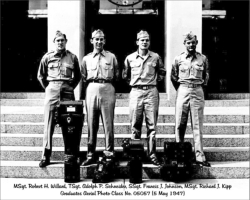


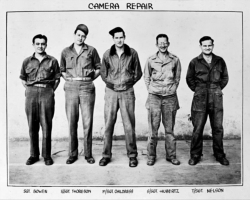



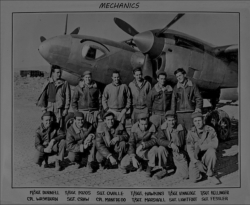


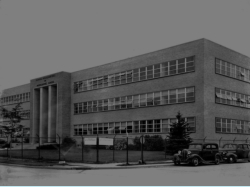

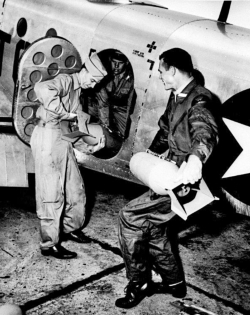
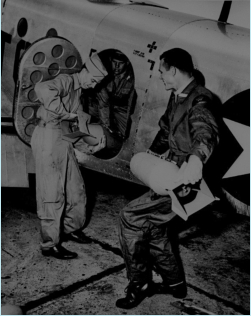

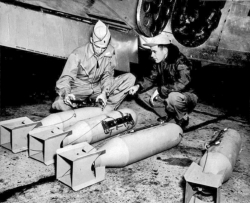
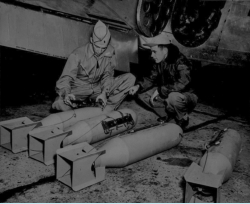

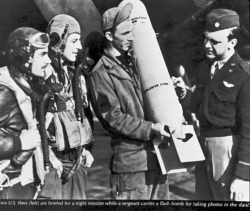
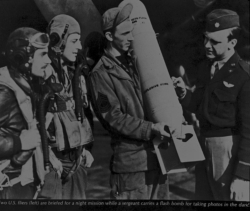




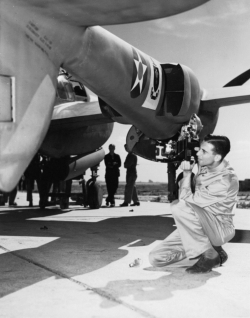


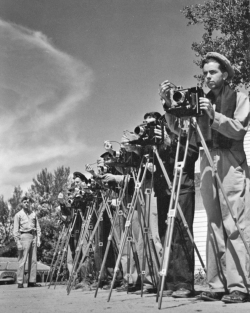
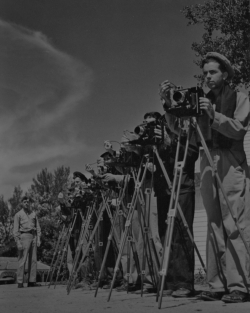


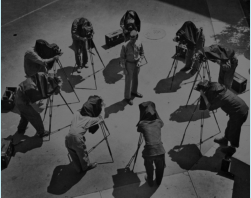

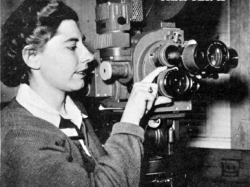


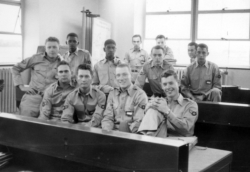
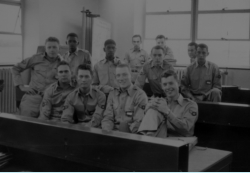

PHOTO SCHOOL PHOTOS


Lowry AFB
The History
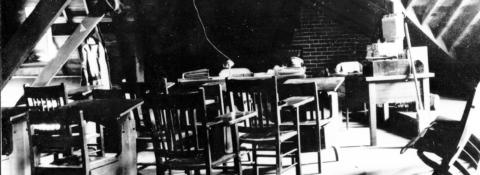

Photo School
The
United
States
Air
Service
established
the
original
military
technical
school
for
photography
in
1922
at
Chanute
Field,
Illinois.
By
1923
the
Air
Service,
having
already
converted
nine
of
its
Chanute
Field’s
steel
hangers
into
classrooms,
saw
its
funding
cut
thus
curtailing
further
development
or
expansion
of
its
facilities.
In
1934
the
Air
Corps
(the
name
of
the
Air
Service
was
changed
on
2
July
1926)
concluded
that
Chanute
Field
no
longer
met
the
needs
of
a
modern
air
force
given
that
there
was
inadequate
space
available
for
a
bombing
range,
and
worse…the
average
number
of
clear
weather
days
restricted
training
in
aerial
photography.
The
search
for
a
new
home
for
Chanute’s
photo
school
led
to
an
Army
committee
arriving
in
Denver
on
26
May
1934
in
response
to
the
Denver
Chamber
of
Commerce’s
offer
to
make
available
the
Agnes
Memorial
Sanitorium
property
which
had
closed
in
1932
to
the
Army
at
no
charge.
Denver’s
voters
approved
a
bond
measure
in
May
of
1935
authorizing
payment
to
Lawrence
Phipps
the
sum
of
$200,000
for
his
Sanitorium
property
thus
clearing
the
way
for
Denver
to
hand
over
the
property
to
the
Army.
After
having
evaluated
86
sites
across
the
nation,
the
Army
committee
recommended
Denver
due
primarily
to
its
favorable
flying
weather and the availability of land for a bombing range.
Congress
approved
the
move
to
Lowry
in
August
of
1937,
with
President
Franklin
Roosevelt
signing
the
legislation
authorizing
funds
for
the
new
establishment
at
Lowry
Field
on
August
27,
1937.
On
1
September
1937
Capt.
Harold
Stetson,
the
Army
Quartermaster
assigned
to
Fort
Logan,
began
working
at
the
Sanitorium.
He
raised
the
American
flag
on
1
October
1937,
making
the
Denver
Branch
an
active
Army
post.
The
Denver
Branch
of
the
Air
Corps
Technical
School
officially
became
Lowry
Field
on
21
March
1938
in
honor
of
Lt.
Lowry
who
had
been
killed
during
WWI
while
flying as an aerial photographer.
Captain
Stetson
served
as
the
Construction
Quartermaster
and
supervised
the
WPA-era
civilian
work
force.
He
retained
the
position
of
Officer-in-Charge
(OIC)
until
the
arrival
of
Lt.
Col.
Junius
W.
Jones
who
had
been
the
Commandant
of
the
school
at
Chanute
Field.
Colonel
Junius
Jones
became
the
first
Commanding
Officer
of
the
Denver
Training
Branch
on
7
February
1938.
A
train
pulled
into
Denver’s
Union
Station
five
days
later
from
Chanute
Field
bringing
300
people
and
equipment
for
the
Armament
and
Photographic
Departments.
The
Photographic
Department
staff
consisted
of
54
enlisted
men
and
6
officers,
with
60
students
in
attendance.
The
school’s
first
classes
began
at
0800
on
the
morning
of
Monday,
28
February
1938.
The
first
photographic
studies
class
of
10
men,
nine
Army
Air
Corps
soldiers
and
a
Marine,
that
began
and
completed
a
course
at
Lowry
Field
graduated
on June 29th, 1938.
The
Basic
photography
classes
at
Lowry
Field
normally
lasted
six
months,
consisting
of
courses
in
elementary,
ground,
and
aerial
photography;
mosaics
and
mapping;
camera
repair;
cinematography;
and
photographic
field
equipment.
Photographic
classes
began
under
conditions
that
were
a
severe
handicap
to
all.
They
started
in
the
attic
of
one
of
the
former
sanitarium
buildings.
The
classes
were
constantly
interrupted
by
noises
made
by
nesting
pigeons
having
built
their
homes
in
the
attic.
Many
of
the
classrooms
and
laboratories
were
unfinished,
and
the
landing
field
was
not
yet
completed.
It
was
soon
found
that
certain
unanticipated
situations
had
to
be
overcome.
For
example,
the
photo
laboratories
were
located
in
the
basement
of
the
Administration
Building.
Because
the
basement
was
shallow,
the
men
were
constantly
hitting
their
heads
on
the
low
ceiling.
In
addition,
the
two-inch
water
pipe,
which
had
been
deemed
sufficient
for
all
normal
purposes,
could
not
meet
the
large
washing
requirements
of
the
photo
laboratory.
Therefore,
a
three-inch
line
was
put
down
in
the
middle
of
the
rooms
while
classes
were
in
session.
The
men
actually
had
to
climb
over
the
mound
on
the
floor
to
go
from
one
side
of
the
room
to
the
other.
Imagine
their
further
consternation
when
this
supply
also
proved
inadequate,
and
they
had
to
go
through
the
same
inconveniences while a four-inch line was put in place.
Fresh
paint
covered
the
walls
wherever
training
was
attempted,
workmen
were
hammering,
raising
dust,
creating
disturbances;
bedlam
was
the
order
of
the
day.
Training
continued,
but
not
without
difficulty.
Because
of
the
lack
of
space,
equipment
was
piled
along
corridors
in
the
hope
that
rooms
would
soon
be
made
available.
A
great
deal
of
photographic
equipment
was
placed
in
a
room
in
the
basement
and
in
a
new
hangar,
neither
of
which
had
locks
installed
on
the
doors.
Considerable
equipment
of
much
value
was
lost
or
stolen
by
the
time
the
rooms
were
ready
for occupancy.
But
the
training
was
accomplished.
The
first
class
graduated
in
photography
on
4
April,
1938
which
happened
to
be
the
same day the first runway was put to use.
1
Ten
photography
students
received
diplomas
on
29
June
1938
after
completing
an
advanced
course
in
aerial
photography.
1
Extracted from “A FORTY YEAR LOOK At Lowry Air Force Base 1937-1977 by Melvin F.
Porter, Lowry Technical Training Center, Lowry AFB, Colorado. January 1978.
PHOTO SCHOOL PHOTOS

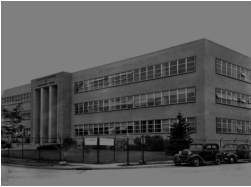


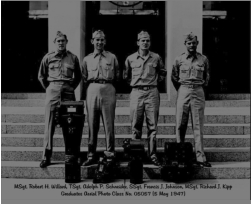


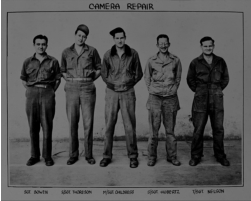


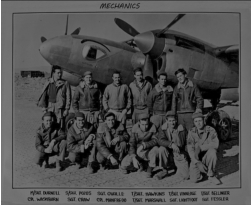


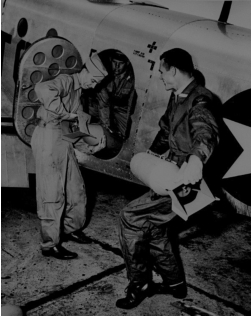


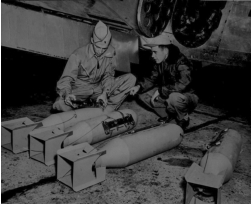


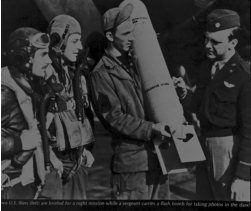


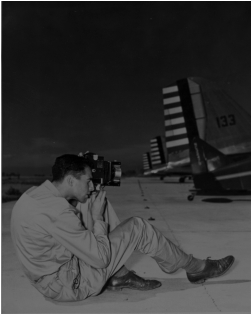


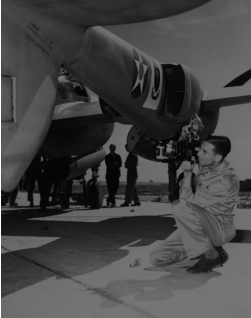


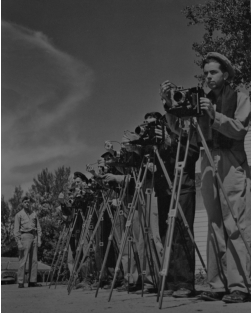


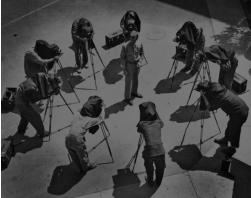


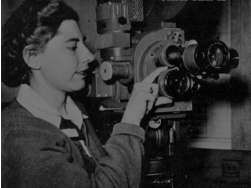




Page Last Updated: 01/06/2018 10:18































